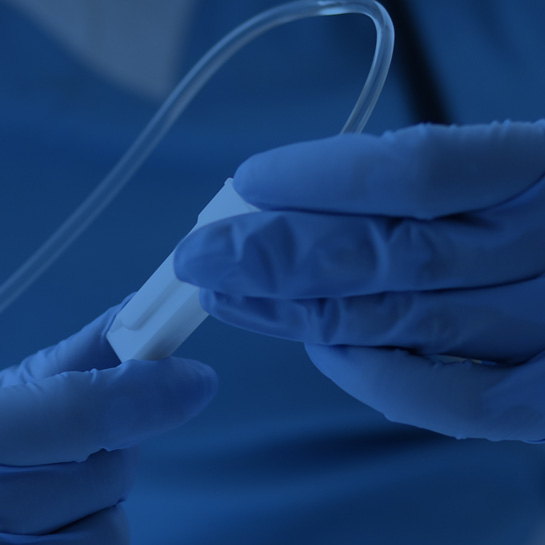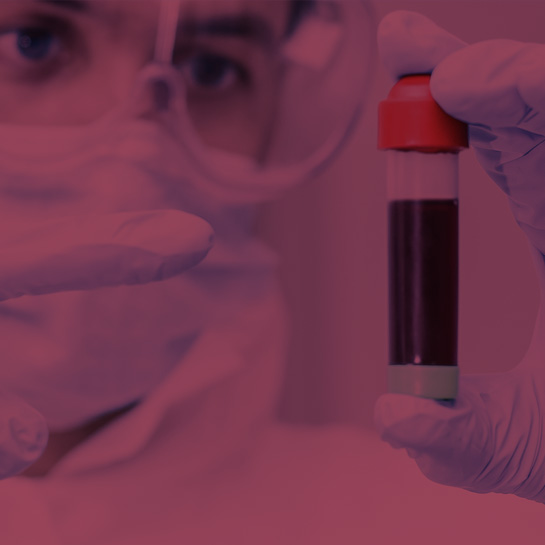Understanding Treatment
for Osteomyelitis
What is osteomyelitis?
As a rare but severe condition, osteomyelitis is an infection in a bone. Bacteria usually cause these infections — and in rare cases fungi — that spread from nearby tissue such as infected skin, muscles, or tendons. Osteomyelitis can also reach your bone from another part of the body by traveling through your bloodstream. Current or past bone injuries can also make you more susceptible to infection, including but not limited to surgeries after an injury or if metal rods or plates are placed in the bone. In children, long bones such as those found in the shoulders, arms, and legs are most commonly affected. In adults, the feet, spine bones (vertebrae), and hips (pelvis) are most commonly affected.
What are the symptoms of osteomyelitis?
Some individuals may not experience any symptoms of osteomyelitis or may not be able to distinguish them from other problems — especially infants, older adults, and those with compromised immune systems. However, standard signs of osteomyelitis include bone pain, fever, feelings of general discomfort, illness or uneasiness with no exact cause, swelling, redness, warmth and chills, excessive sweating, lower back pain, and swelling of the ankles, feet, and legs.
How does ID Care diagnose osteomyelitis?
First, an ID Care specialist will feel the area around your affected bone for any tenderness, swelling, or warmth. However, if you have a foot ulcer, we will use a specialized probe to determine how close your infection is to your underlying bone. The best way to diagnose osteomyelitis is through blood tests, imaging tests, or bone biopsies.
How does ID Care treat osteomyelitis?
Depending on the type and severity of your osteomyelitis, ID Care specialists will either prescribe an antibiotic — administered orally or intravenously — or we will refer you to one of our affiliated hospitals for surgery.
SOURCES: Mayo Clinic; WebMD








